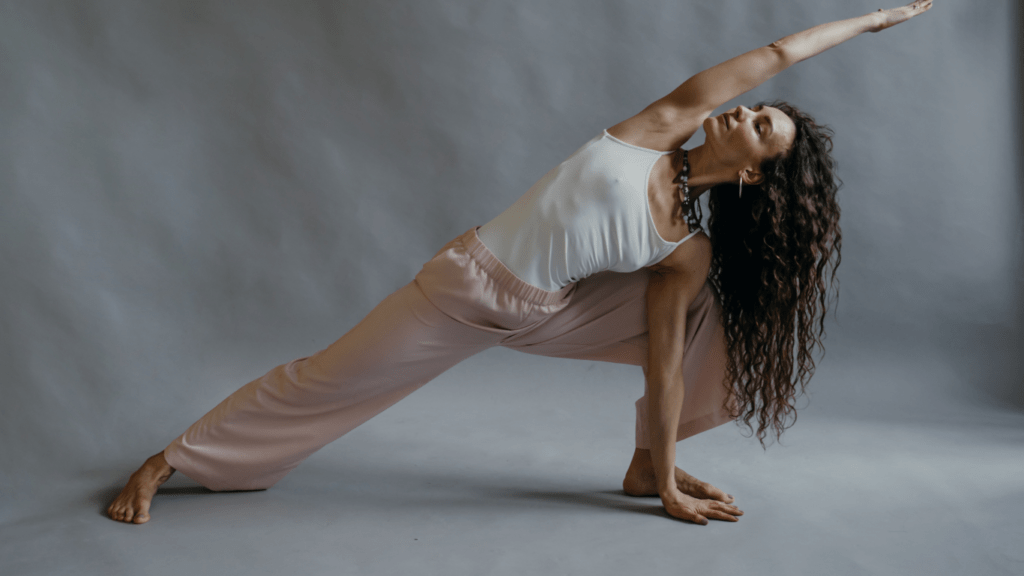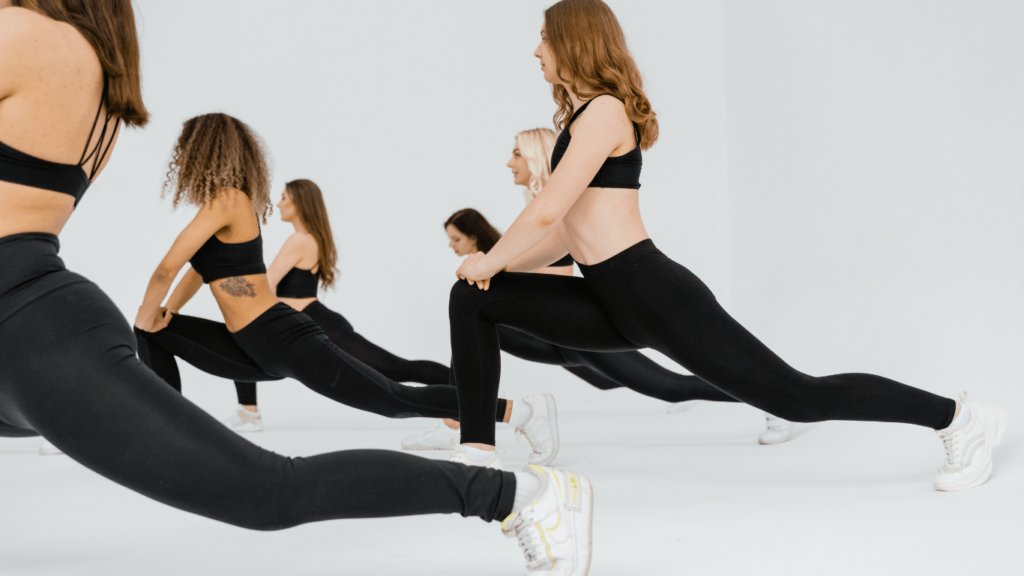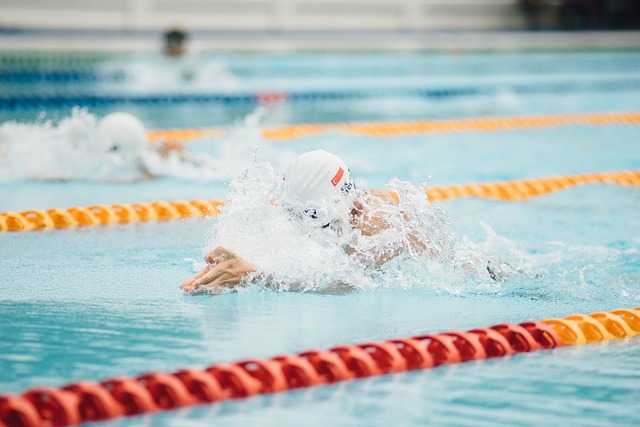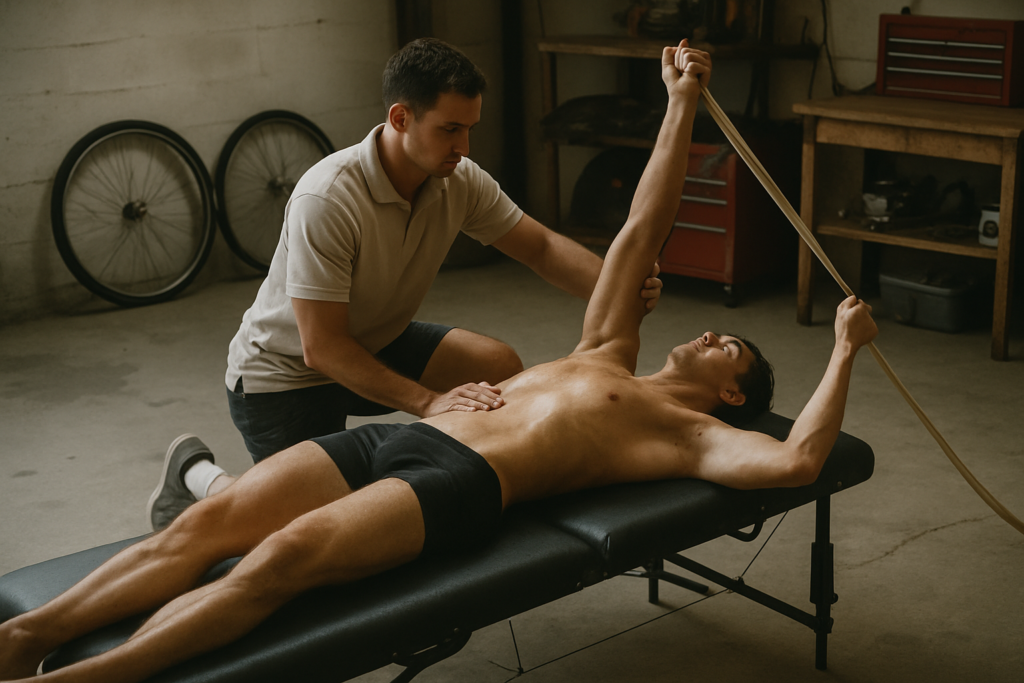As a seasoned swimmer, I understand the crucial role that flexibility plays in improving performance in the water. Flexibility exercises are not just about touching your toes; they can significantly impact your swimming abilities. In this article, I’ll delve into the world of flexibility training tailored specifically for swimmers, focusing on exercises that can help enhance your stroke efficiency, speed, and overall technique.
Swimming requires a wide range of motion and flexibility in various muscle groups to move efficiently through the water. By incorporating targeted flexibility exercises into your training routine, you can improve your body’s ability to perform each stroke with fluidity and power. Whether you’re a competitive swimmer or a recreational enthusiast looking to boost your skills, mastering these flexibility exercises can take your performance to the next level.
Benefits of Flexibility Exercises for Swimmers
When it comes to swimming performance, incorporating flexibility exercises into your routine can offer various advantages. Let’s delve into how these exercises can enhance specific aspects of your swimming abilities.
Improved Stroke Efficiency
Enhancing flexibility through targeted exercises can significantly improve your stroke efficiency. By increasing the range of motion in key joints and muscles, you’ll be able to execute each stroke more smoothly and effectively. This improved flexibility allows for better body alignment in the water, reducing drag and helping you move through the water with greater ease.
Enhanced Breathing Techniques
Flexibility exercises not only benefit your muscles and joints but also play a crucial role in enhancing your breathing techniques while swimming. Improved flexibility in the chest, rib cage, and diaphragm can help you achieve deeper and more efficient breaths, allowing for better oxygen intake during your swim. This increased lung capacity and flexibility can lead to better endurance and overall performance in the water.
Key Flexibility Exercises for Swimmers
As a swimmer looking to enhance performance, I focus on specific flexibility exercises tailored to improve stroke efficiency, speed, and technique, boosting my overall abilities in the water.
Stretching the Shoulders and Arms
Incorporating shoulder and arm stretches into my routine is crucial for enhancing flexibility in these key areas used extensively during swimming. By including exercises like arm circles, shoulder rolls, and tricep stretches, I ensure that my upper body remains limber, allowing for smooth and powerful strokes.
Enhancing Core Flexibility
Maintaining a strong and flexible core is vital for optimal swimming performance. I engage in exercises such as planks, side bends, and torso rotations to strengthen and stretch my core muscles. This increased flexibility helps me maintain proper body alignment, reducing drag in the water and improving my stroke efficiency.
Leg and Hip Stretches
Flexibility in the legs and hips plays a significant role in swimming performance, particularly in kicking techniques and overall body propulsion. I prioritize stretches like quad stretches, hip flexor stretches, and groin stretches to enhance flexibility in these areas. By improving leg and hip flexibility, I optimize my kicking power and range of motion, contributing to faster swim times and better technique.
Integrating Flexibility Training Into Your Routine

When it comes to enhancing swimming performance, integrating flexibility training into your routine is key. I’ll guide you through incorporating specific stretches to optimize your swimming abilities, focusing on both pre-swim dynamic stretches and post-swim static stretches.
Pre-Swim Dynamic Stretches
Before hitting the water, incorporating dynamic stretches into your routine is crucial. Dynamic stretches involve continuous movement and are ideal for preparing your muscles for swimming. Here are some dynamic stretches to consider adding to your pre-swim routine:
- Arm Circles: Arm circles help loosen up your shoulders and arms, improving flexibility crucial for powerful strokes. Aim for 10-15 arm circles in both forward and backward directions.
- Leg Swings: Leg swings are perfect for activating your leg muscles and increasing hip flexibility. Perform 10 leg swings for each leg in both forward and sideways directions.
- Torso Twists: Torso twists engage your core muscles and enhance rotational flexibility, benefiting your overall stroke technique. Complete 10-15 torso twists on each side.
Post-Swim Static Stretches
After completing your swim, winding down with static stretches can aid in muscle recovery and flexibility maintenance. Static stretches involve holding a position without movement, promoting muscle relaxation. Here are some beneficial post-swim static stretches:
- Shoulder Stretch: Extend one arm across your body and gently press it with your other hand, feeling the stretch in your shoulder. Hold for 20-30 seconds on each arm.
- Hamstring Stretch: Sit on the edge of a pool or deck, extend one leg straight out with the other bent, and lean forward to stretch your hamstrings. Hold for 20-30 seconds on each leg.
- Quadriceps Stretch: Stand up straight, grab your ankle behind you, and gently pull your heel towards your buttocks, feeling the stretch in your quadriceps. Hold for 20-30 seconds on each leg.
Including these pre-swim dynamic stretches and post-swim static stretches in your routine can enhance your flexibility, improve your swimming technique, and contribute to overall performance gains in the water.
Importance of Consistency in Flexibility Exercises
Flexibility exercises play a crucial role in enhancing swimming performance. Regular and consistent flexibility training is key to reaping the full benefits of improved range of motion and muscle elasticity. Consistency in flexibility exercises helps maintain flexibility gains over time and prevents any regression in performance.
When I integrate flexibility training into my swimming routine and perform dynamic stretches like arm circles, leg swings, and torso twists before my swim sessions, I feel more prepared and my muscles are primed for optimal performance. These dynamic stretches help increase blood flow to the muscles, improve joint mobility, and reduce the risk of injuries during swimming.
After my swim sessions, I make it a point to include post-swim static stretches like shoulder, hamstring, and quadriceps stretches. These stretches aid in muscle recovery, reduce muscle tightness, and help alleviate any muscle soreness post-exercise. By being consistent with these post-swim stretches, I notice improved flexibility and reduced muscle fatigue in subsequent training sessions.
Consistency is key in any training regimen, including flexibility exercises for swimmers. By making flexibility training a regular part of my routine, I not only enhance my flexibility and technique but also contribute to my overall swimming performance. Regular practice of flexibility exercises ensures that I maintain optimal muscle function and movement patterns, leading to improved efficiency and speed in the water.


 is a passionate advocate for fitness and healthy living, blending her expertise in swimming with a dedication to overall wellness. With years of experience both in and out of the pool, she offers valuable insights on effective workout routines, nutrition, and lifestyle habits that support peak performance and vitality. Rosamie’s writing is characterized by its practical advice, encouraging readers to adopt sustainable habits for long-term health and fitness. She frequently shares her personal journey and success stories to motivate others, and her articles often include actionable tips that readers can easily incorporate into their daily lives. By focusing on a holistic approach to fitness, Rosamie aims to help individuals not only achieve their athletic goals but also cultivate a balanced and fulfilling lifestyle.
is a passionate advocate for fitness and healthy living, blending her expertise in swimming with a dedication to overall wellness. With years of experience both in and out of the pool, she offers valuable insights on effective workout routines, nutrition, and lifestyle habits that support peak performance and vitality. Rosamie’s writing is characterized by its practical advice, encouraging readers to adopt sustainable habits for long-term health and fitness. She frequently shares her personal journey and success stories to motivate others, and her articles often include actionable tips that readers can easily incorporate into their daily lives. By focusing on a holistic approach to fitness, Rosamie aims to help individuals not only achieve their athletic goals but also cultivate a balanced and fulfilling lifestyle.
